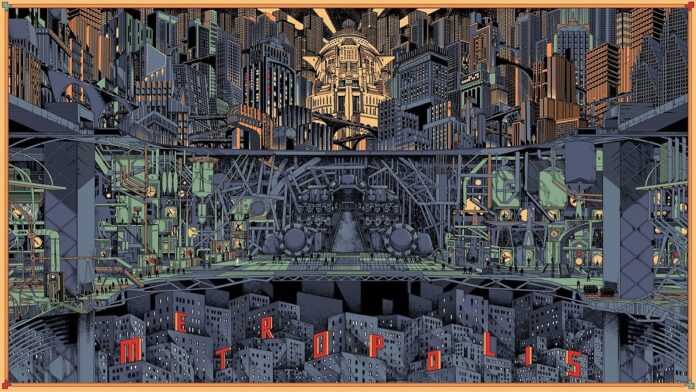The Rise of Artificial Intelligence: A Double-Edged Sword
The rapid advancement of technology has been a thrilling development, but it also has its downsides. Artificial intelligence (AI), in particular, has made tremendous progress, evolving from a simple tool that could perform basic tasks to a sophisticated system that can learn and adapt at an unprecedented rate. This exponential growth has led to AI surpassing human learning capabilities in many areas.
The Impact of AI on Daily Life
AI is increasingly becoming an integral part of our daily lives, often without us even realizing it. As we rely more heavily on AI-powered tools and devices, there is a growing concern that we are becoming lazier and less creative. While AI has the potential to save countless lives, streamline businesses, and optimize routines, it also poses a significant threat to human jobs. Many customer service positions, for instance, are likely to become automated, replacing human interaction with faster but less flexible machine-based solutions.
The Preservation of Human Interaction
As AI continues to advance, it raises important questions about the preservation of human interaction. How far should we go in replacing human workers with machines? Is it acceptable to sacrifice the nuances and complexities of human communication for the sake of efficiency and speed? These are crucial questions that need to be addressed as we navigate the increasingly complex relationship between humans and machines.
The Creative vs. Functional Divide
The rise of AI is likely to create a divide between creative and functional individuals. Those with creative skills and abilities will have more opportunities in the job market, while those with more functional skills may find themselves being pushed out of the system. This could lead to a significant shift in the way we approach work and education, with a greater emphasis on developing creative skills and abilities.
The Struggle for Resources
The increasing reliance on AI will also lead to a greater struggle for resources. As machines become more advanced, they will require more energy and water to operate, putting a strain on our already limited resources. This raises important questions about how we should allocate our resources and whether we should prioritize human needs over those of machines.
Conclusion
In conclusion, the rise of artificial intelligence is a complex and multifaceted issue that poses both opportunities and challenges. While AI has the potential to revolutionize many areas of our lives, it also threatens to replace human workers, sacrifice human interaction, and exacerbate the struggle for resources. As we move forward, it is essential that we carefully consider these questions and work towards finding a balance between the benefits of AI and the needs of human society. Ultimately, the future of AI will depend on our ability to address these challenges and create a world where humans and machines can coexist in harmony.

